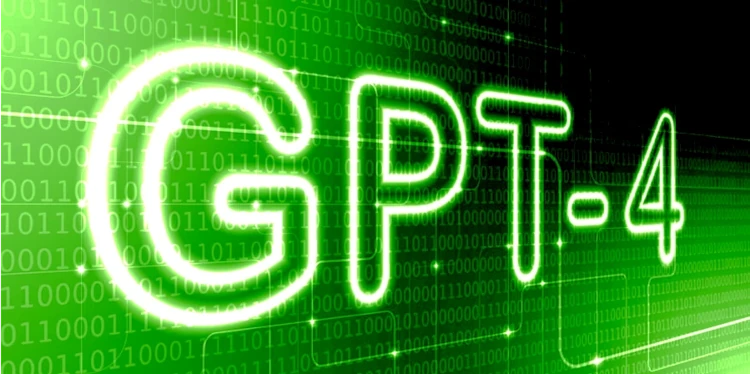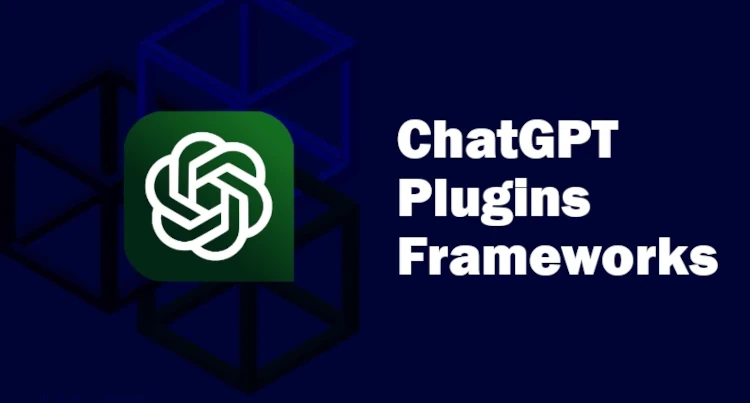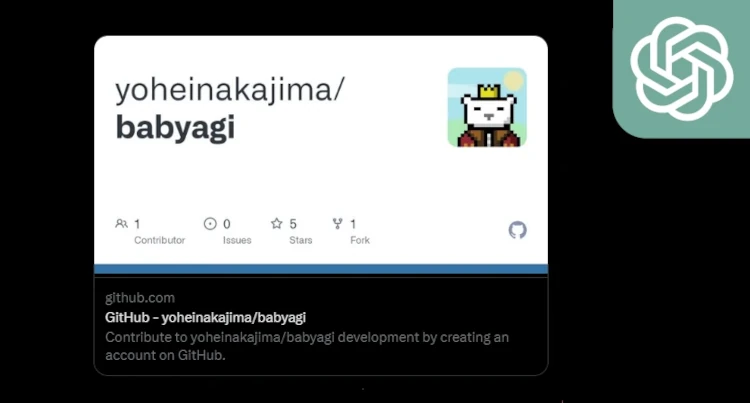In today’s world, where AI tools are becoming increasingly integrated into our daily lives and professional workflows, mastering the art of crafting good prompts is an invaluable skill. Learning to create effective prompts not only enhances the accuracy and relevance of AI responses but also saves time and effort by reducing trial and error.
Whether you’re solving complex problems, brainstorming creative ideas, or simply seeking clear and concise information, well-structured prompts empower you to unlock the full potential of AI, making your interactions both productive and enjoyable.
Anatomy of Good AI Prompts for ChatGPT
A good prompt is clear, concise, and tailored to the task. It provides the AI with context, specific instructions, and desired outputs while minimizing ambiguity. A well-crafted prompt ensures that the AI understands the task and delivers the best possible results.
Advantages of this Technique:
- Maximizes the AI’s accuracy and relevance.
- Reduces the need for excessive iterations or rephrasing.
- Enhances user satisfaction by meeting expectations.
Disadvantages of this Technique:
- Crafting effective prompts can require practice and familiarity with the AI’s capabilities.
- Overly detailed prompts may limit creativity or flexibility.
Examples Using this Technique:
- Writing formal emails (e.g., “Write a professional email to reschedule a meeting.”)
- Generating summaries (e.g., “Summarize the following article in two paragraphs.”)
- Performing technical tasks (e.g., “Explain the first law of thermodynamics in simple terms.”)
Persona-Based and Constrained Prompting Techniques
This technique involves instructing the AI to adopt a specific persona or role (e.g., teacher, expert, marketer) or limiting its responses to specific constraints (e.g., word count, tone, or style).
Advantages of this Technique:
- Enhances personalization by aligning responses to user expectations.
- Encourages creativity and diversity in outputs.
- Ensures outputs meet specific constraints or standards.
Disadvantages of this Technique:
- Poorly defined personas or constraints can lead to inconsistent results.
- Requires careful calibration to avoid overly restrictive outputs.
Examples Using this Technique:
- Marketing: “Act as a social media strategist and write a caption for this product photo.”
- Education: “You are a history professor. Explain the causes of World War I.”
- Content limits: “Write a 100-word product description for a fitness tracker.”
Zero/Few-Shot Prompting
Zero-shot prompting involves asking the AI to perform a task without providing examples, relying entirely on clear instructions. Few-shot prompting provides the AI with a few examples to guide its response.
Advantages of this Technique:
- Zero-shot is fast and efficient for straightforward tasks.
- Few-shot improves accuracy and contextual understanding.
Disadvantages of this Technique:
- Zero-shot may produce irrelevant or inconsistent results for complex tasks.
- Few-shot requires more effort to craft and provide examples.
Examples Using this Technique:
- Zero-shot: “Translate this sentence into French: ‘How are you today?'”
- Few-shot: Providing examples for style, like “Rewrite this paragraph in a more formal tone. Example 1: … Example 2: …”
Chain of Thought (CoT) Prompting
Chain of Thought prompting involves breaking down a problem into logical steps, guiding the AI through a multi-step reasoning process to reach a conclusion.
Advantages of this Technique:
- Enhances reasoning for complex problems.
- Improves transparency in the decision-making process.
Disadvantages:
- Responses may become verbose or overly detailed.
- Requires careful structuring to avoid confusing the AI.
Examples Using This Technique:
- Solving math problems: “Step-by-step, calculate the square root of 144.”
- Logic-based questions: “Explain why plants need sunlight step by step.”
Tree of Thoughts (ToT) Prompts
Tree of Thoughts prompting expands on Chain of Thought by considering multiple pathways or solutions to a problem and then converging on the best one.
Advantages of this Technique::
- Encourages exploration of diverse ideas.
- Identifies optimal solutions for open-ended tasks.
Disadvantages of this Technique::
- Can be computationally intensive.
- May produce overly complex responses for simple tasks.
Examples Using This Technique:
- Creative writing: “List three potential endings for this story and explain each one.”
- Decision-making: “Suggest three approaches to improve employee retention and analyze their pros and cons.”
Self-Consistency Technique
This technique involves generating multiple responses to the same prompt and selecting the most consistent or frequent answer, ensuring reliability and accuracy.
Advantages of this Technique:
- Improves accuracy and confidence in the final response.
- Reduces the impact of randomness in AI outputs.
Disadvantages of this Technique:
- Increases time and computational resources.
- May not work well for highly subjective or creative tasks.
Examples Using this Technique:
- Fact-based queries: “What is the capital of Canada?”
- Sensitive decisions: “What’s the best way to address a team’s productivity issues?”
Knowledge Creation/Generation Prompts
These prompts are used to generate entirely new ideas, concepts, or content. They encourage the AI to be imaginative and push the boundaries of its creative capabilities.
Advantages of this Technique:
- Enables innovation and brainstorming.
- Produces unique and original outputs.
Disadvantages of this Technique:
- May result in impractical or nonsensical ideas.
- Requires review and refinement by humans.
Examples Using this Technique:
- Brainstorming: “Come up with five innovative marketing campaign ideas for a new app.”
- Fiction writing: “Create a plot for a science fiction novel set in 2085.”
- Product development: “Generate ideas for a smart home gadget that simplifies cooking.”
Final Thoughts on AI Prompt Engineering for ChatGPT
Mastering AI prompting techniques is like learning a new language—it opens up a world of possibilities. By understanding and applying methods like Chain of Thought, Persona-Based Prompting, and Self-Consistency, you can make your interactions with AI more effective and rewarding.
Whether you’re brainstorming ideas, solving complex problems, or simply seeking clear answers, these techniques empower you to get the most out of your AI tools.
Keep practicing, experimenting, and refining your prompts, and you’ll soon see the incredible potential of AI at your fingertips. Happy prompting!






